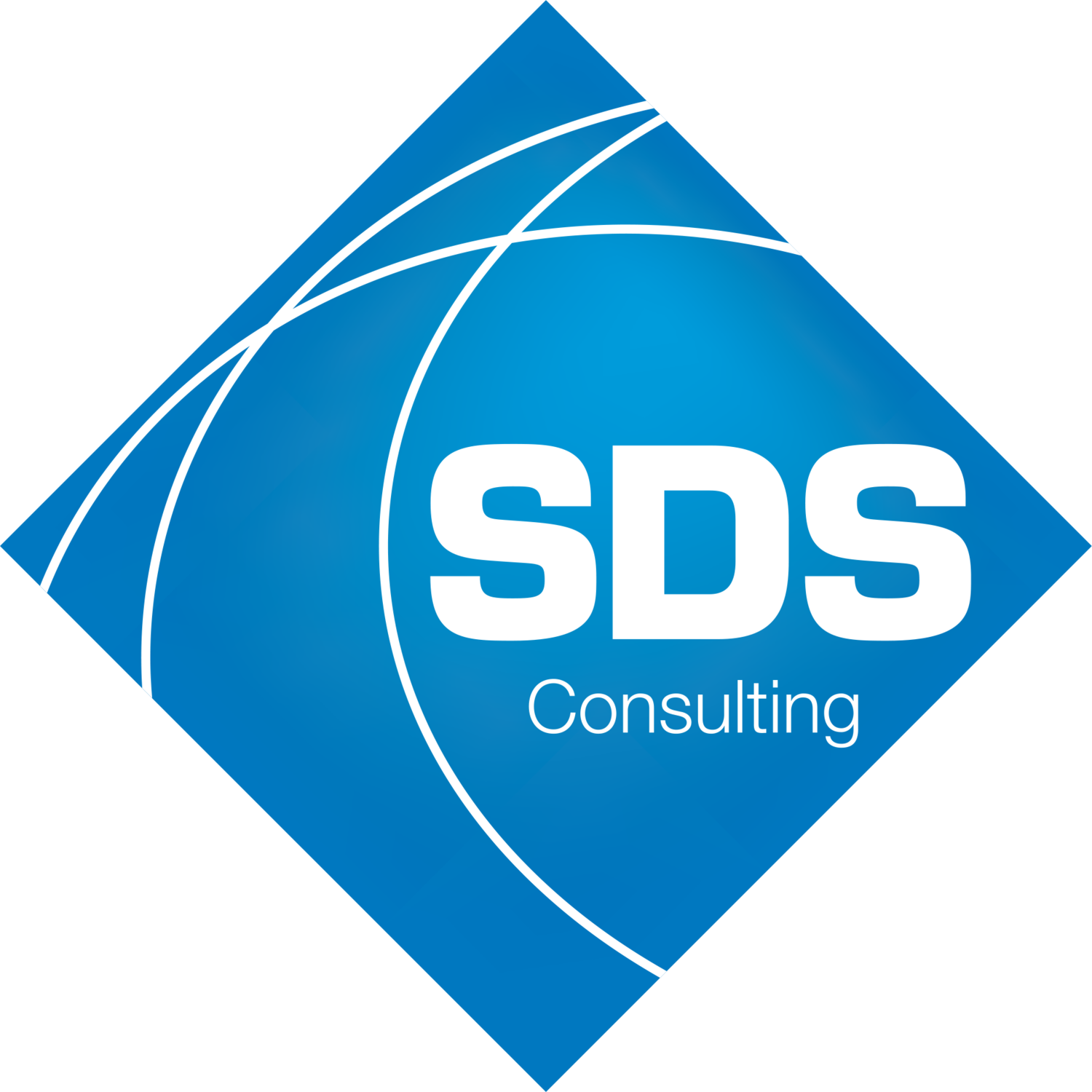The Pre-Startup Safety Review (PSSR):
When a new facility is built or modifications to an existing facility made many companies perform a PSSR just prior to start-up. This is typically a one-day exercise where all stakeholders are present and a checksheet is used to ensure the new facility is safe prior to the introduction of hazardous chemicals and/or energies.
Stakeholders are typically:
Operations
Construction
Projects
Engineering
Maintenance
Automation
Commissioning
Vendors (optional)
SDS has an extensive checklist of questions to ensure a through check is completed prior to the start-up. Any findings are either “A”, which must be completed prior to start-up or “B” which can be completed post start-up.
The fundamental goal of what SDS does is to ensure not only that a new facility starts-up safely but that it is set up for future safe, reliable, and efficient operation.
Using SDS allows for a completely independent and consistent facilitated review using the PSSR process. The PSSR is typically held post mechanical completion. A typical process is:
The new facility has been formally handed over using a Turnover, Care, Custody and Control (TCCC) process to the commissioning team by construction.
A walkdown has been performed with all stakeholders and a list of “A” and “B” deficiencies agreed upon, signed off and documented in a log.
The commissioning and start-up team (CS&U) starts precommissioning using documented procedures. The CS&U observation log continues to be populated with deficiencies.
If required CS&U can start up Utility systems (Instrument Air, Nitrogen, Fuel Gas, power, etc) using their documented procedures and signed off by system.
Operations should be performing their own walkdowns, procedure writing and operator training.
Decision made and a plan developed for start-up. Which team will perform the start-up? CS&U or Operations? This does not mean that these two key teams are independent of each other but are a joint team each with clear roles and expectations that should be documented in the plan. If the facility has multiple systems, the schedule will be shared with Operations.
The PSSR is held. This is a hold point. This gathers all groups together, Projects, Operations, Maintenance, Safety, CS&U and CMT for one final check that all is ready for startup. Minimum requirements are:
a. All operating procedures are complete
b. All operators are trained and this is documented or a plan for training is completed if CS&U will start-up the facility
c. All redlines are available for start-up
d. All Regulatory requirements have been met
e. Confirmation that the facility has been built per design and if any changes have occurred, they have been approved.
f. All ’A’ action items from the CS&U Observation Log are closed and verified.
g. All certified overpressure protection and CSO valves are in place
h. Shutdown key is tested to be functional as per the design
i. All HAZOP recommendations are in place
8. The PSSR record is issued once the PSSR team are satisfied that all PSSR ‘A’ actions are completed to their satisfaction and the four key signatories have signed off. This is a hold point. SDS can facilitate this activity.
9. Commissioning and start-up activities can start with the introduction of hazardous energies.
SDS can perform a PSSR remotely, in your offices or at your site. Our preference is and what has proven to work the best is at site.
The flow diagrams below also shows a typical process




